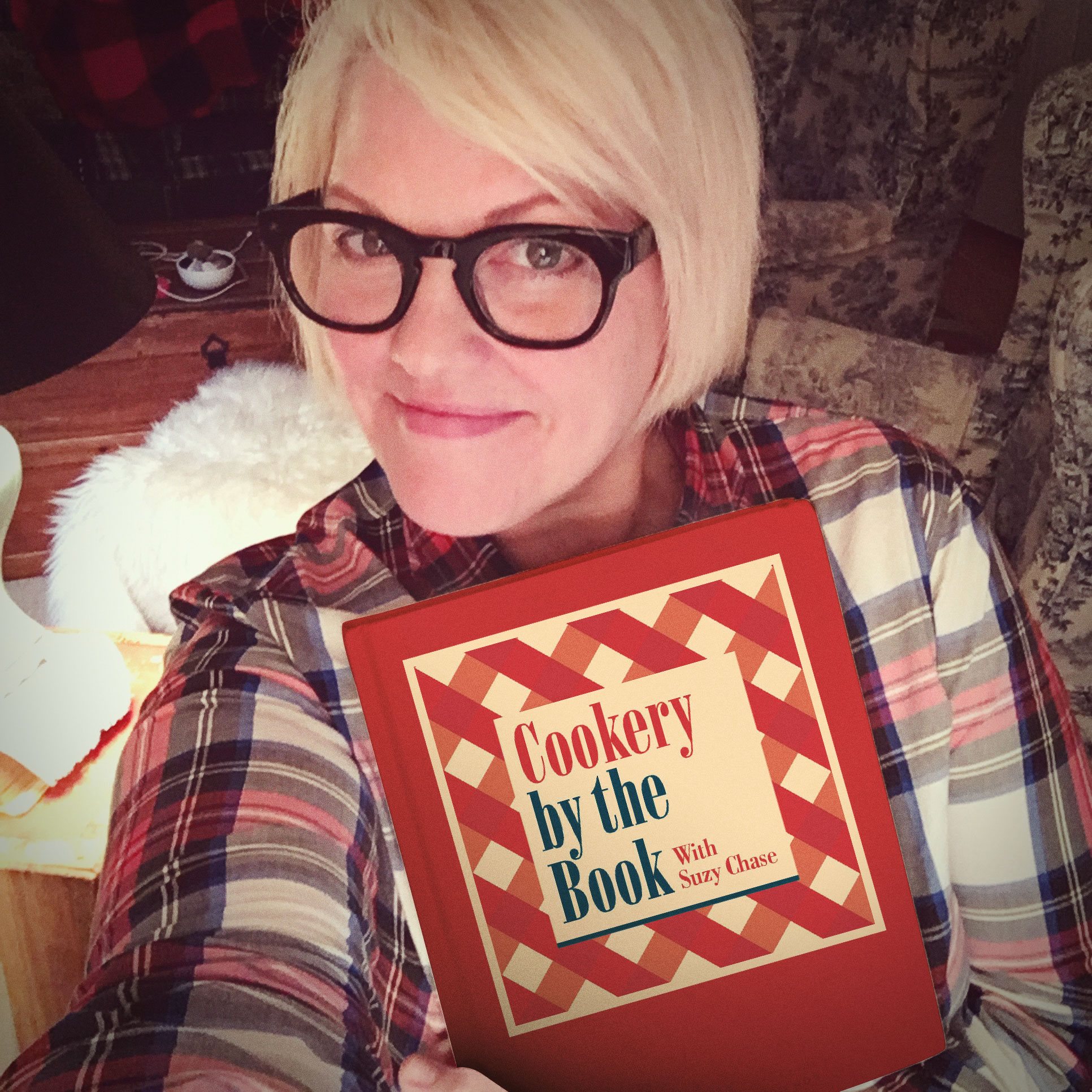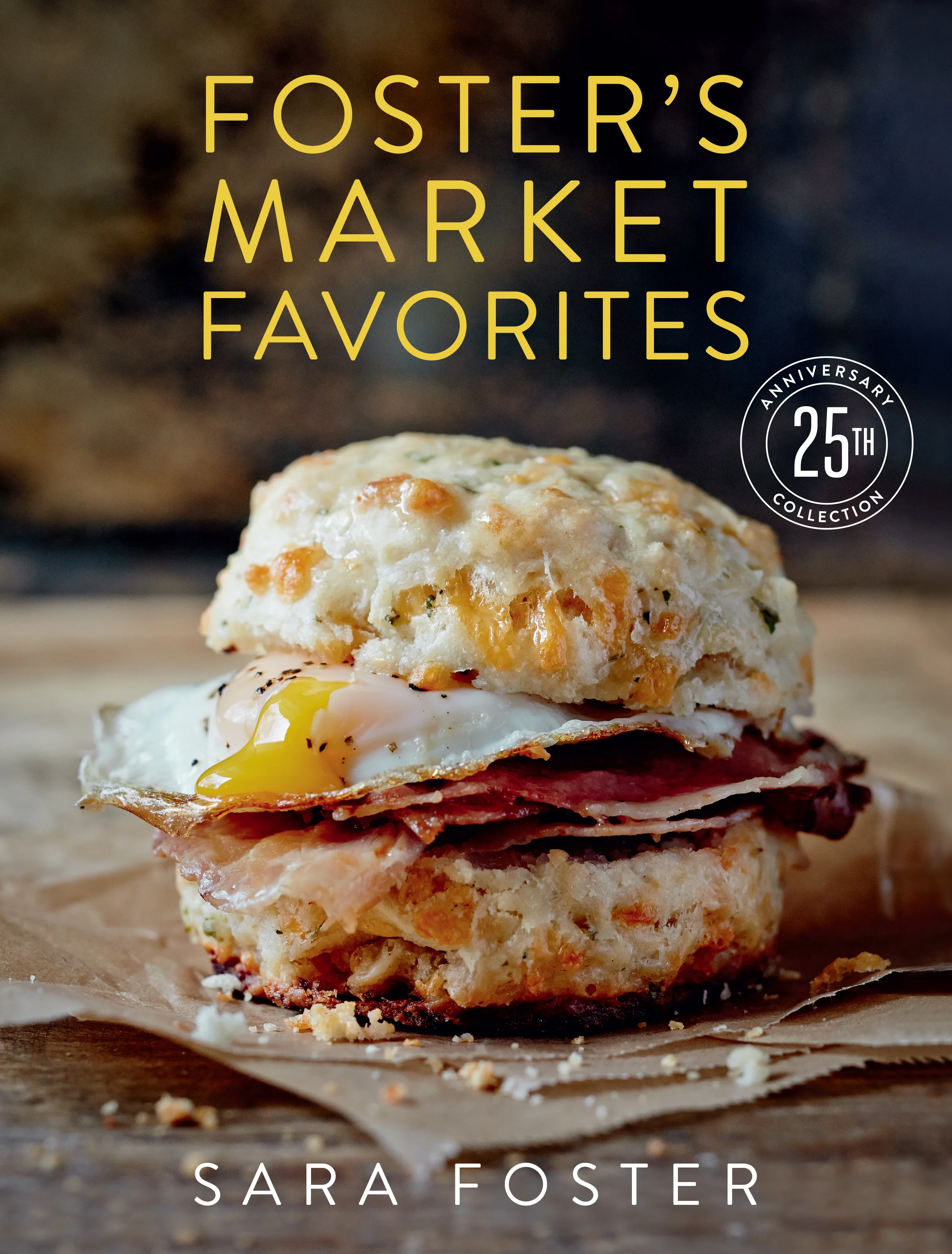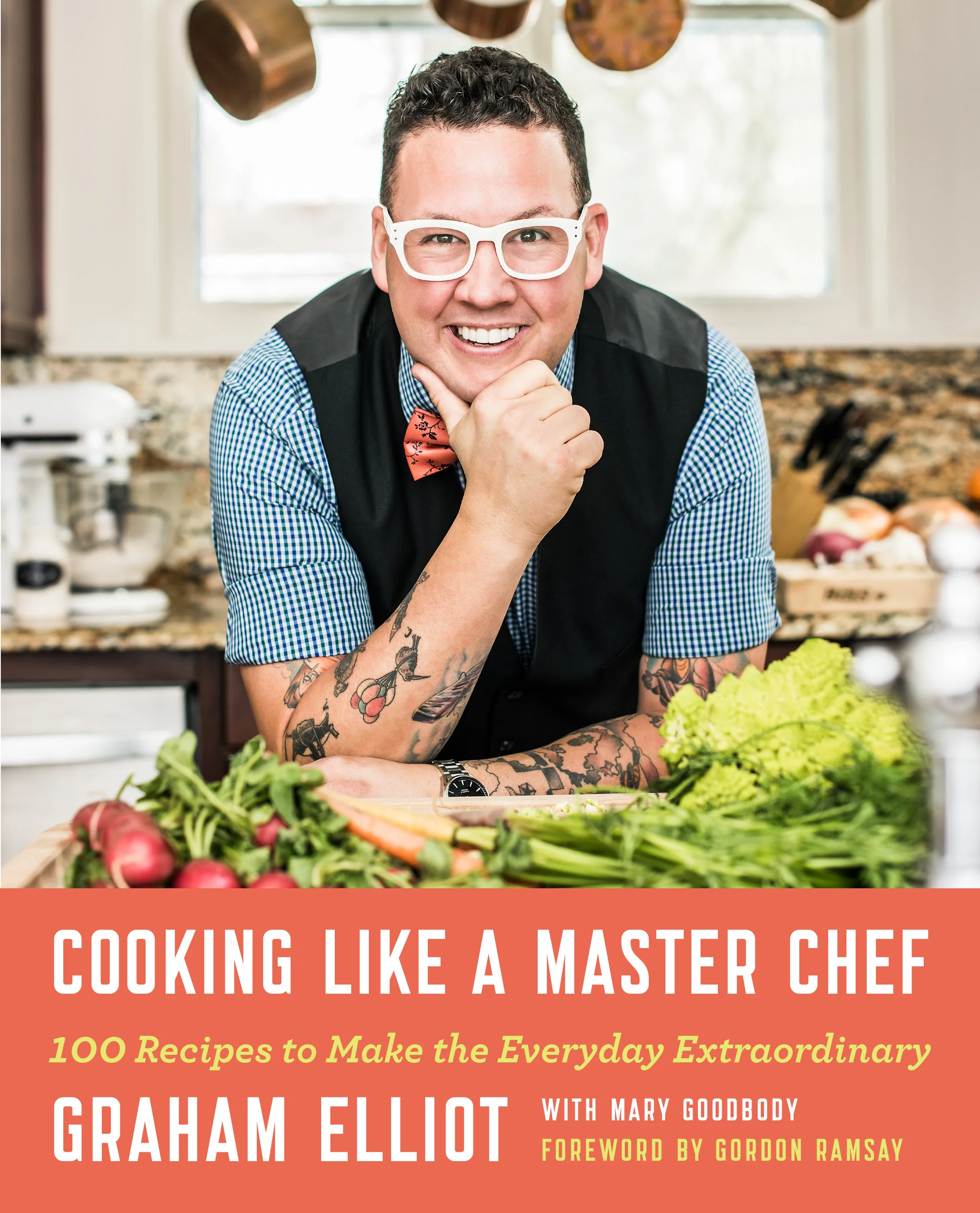The Mad Feast | Matthew Gavin Frank
The Mad Feast
An Ecstatic Tour Through America’s Food
By Matthew Gavin Frank
Suzy Chase: Welcome to the Cookery by the Book Podcast, with me, Suzy Chase.
Matthew Gavin F: Hi, I'm Matthew Gavin Frank and my book is The Mad Feast, an ecstatic tour through America's food.
Suzy Chase: The Mad Feast. An ecstatic tour through America's food interweaves the culinary with personal and cultural associations of each region. What prompted you to examine a signature dish in each state?
Matthew Gavin F: I guess, first of all I should start with an admission and that's that I come from a long line of folks, Suzy, who suffer from OCD and so instead of triple checking the locks every night I latched on to food for a while and decided, in private detective fashion, to via a series of research techniques and a whole lot of travel, try and uncover the reasons why we eat certain foods where we eat them.
Suzy Chase: How is this cook book an anti cook book?
Matthew Gavin F: I suppose it's because the purpose of the book isn't necessarily to make the reader hungry, but to make the reader inquisitive and question hunger in various ways and to question again why in a particular place we gravitate toward particular dishes and particular ingredients. What are the reasons for that and these were the sorts of things I was scratching at. The reason my editor and I wanted to keep the recipes in there, is because after traversing these chapters and kind of going through some kind of strange engagement of regional history, the reader would have the opportunity to actually make something physical and to become part of the story, to actually create the thing that is being interrogated in the piece and to perhaps eat it with a heavy heart.
Suzy Chase: There are 50 essays associated with these recipes. I really like how you pointed out the positive and negative aspects of food and the history of that region. For example Hawaii, where their history you wrote, is packed into a paper cone. Can you talk a little about shape ice?
Matthew Gavin F: The reason, which Hawaii has become leashed to the United States are somewhat atrocious-
Suzy Chase: Yeah-
Matthew Gavin F: And we did there what we did in some of the other places too, except that it's a bit more intense with Hawaii, just because it's so physically far flung. We went there and basically decimated a culture and decided to, I mean I was speaking metaphorically with that line, but decided to shape it and contain it and sweeten it and make it easily digestible for we conquerors and in a way just to form these borders and parameters around sadly the culture of the conquered by way of decimating it and taking over that land, which is what we did in a lot of places, too and so it's not only an engagement of food, but an interrogation of our history. Oftentimes, if you examine a particular food in a particular region in the United States and you scratch at it and scratch at it and scratch at it, a very bloody history will leak out.
Suzy Chase: You've obviously put a lot of time into this book. It's as much of an essay book as a cook book. How did you join the two?
Matthew Gavin F: First of all, I've long been obsessed with food. I've spent most of my occupational life in restaurant kitchens, I had my first job when I was 11, washing dishes in a fast food chicken shack on the outskirts of Chicago. This little place called The Broastery in the mid 80s, back when the broasted chicken craze was at its height.
Suzy Chase: Broasted-
Matthew Gavin F: Isn't that just a horrible word to lend to food?
Suzy Chase: It's so the Americanization of food right there.
Matthew Gavin F: Right, the word itself, it seems like it requires some sort of gaseous indigestion in order to pronounce it correctly. It's revolting, it's a revolting word to lend to food and to the process of cooking. It's really just fried chicken. You just fry it in more oil, so it's basically fried/pressure cooked in a lot of oil and it's no healthier for you than fried chicken, though in the mid 80s that was the marketing rhetoric. It was a healthy alternative to fried chicken, but that's completely false. Anyhow, I realized that then, I think even at age 11, that the words we lend to food aren't always necessarily accurate and sometimes do more to obscure the secrets lurking within the food stuff rather than illuminate them. I just spent a long time working in restaurants, Suzy, a long time thinking about food, then in turn writing about it.
Suzy Chase: You've channeled the unique feel of each region and avoided the obvious foods. How did you choose the recipe for each state?
Matthew Gavin F: That's a very good question and basically conducted a lot of online research and I wanted to pick the foods that would allow me to construct these improvisational jazzy style riffs around them, whether that has to do with the shape of a particular food or its temperature or its texture or its spice or its sweetness. The other one just had to do with which food stuff's basically were most closely intertwined with these secretive and strange aspects of the regional history and so I wanted to find food stuffs that were kind of leashed to strange state histories too, so I can explore that. I interviewed a lot of folks in all of these states to solicit their opinion and oftentimes I would just tumble down the rabbit hole. One person in say Charleston, South Carolina, would tell me about a friend of theirs who is a chef in Charleston in the 1970s and I should talk to that person and then that person recommended another outlet and basically I just leaped from ice floe to ice floe of interviewees and pieced it together that way is a third influence.
Suzy Chase: The food came first, not the essay.
Matthew Gavin F: The food came first and sometimes the thing from which I could digress, so yeah it all started with having to make that choice.
Suzy Chase: And you do digress.
Matthew Gavin F: Thank you. I feel as if digression, especially in these pieces, was incredibly important, because it allowed for the element of surprise and for the reader to experience along with me. In part, I wanted these essays to capture the meanderings and basically about my travels. One thing led to another, which led to another and we wind up in very unexpected places in some of these essays. I feel as if these unexpected places when juxtaposed with the food itself illuminate the inner secrets that these foods were previously containing.
Suzy Chase: There's so much of food writing these days, I find, it's just wrapped in a pretty bow.
Matthew Gavin F: I got to the point, Suzy, and I don't wanna sound mean, but if I read another food ... It's described as scrumptious or delicious-
Suzy Chase: Yes-
Matthew Gavin F: Or succulent, I just wanted to run for the hills screaming, these easy adjectives that we lend to food in order to make it and I'm speaking metaphorically now, so no pun intended, easily digestible-
Suzy Chase: Palatable.
Matthew Gavin F: Right, a pallet for easily digestible, the list goes on and on, these asy adjectives as seemingly ubiquitously applied to food seem to conceal the truth of that particular food stuff and all of the history, sometimes beautiful, sometimes atrocious, responsible for it. Rather than revealing it and I wanted to, in a way complicated these food stuff, rather than simplify them in order to get to the very complicated truths and histories that fuel the reason, which we serve them today.
Suzy Chase: I live in New York City, but am originally from Kansas, last night for dinner, I made the Kansas recipe called Bierock.
Matthew Gavin F: That's right-
Suzy Chase: I had never heard of that dish before. With the sauerkraut and cabbage and ground beef it seemed so German to me, where did this dish originate?
Matthew Gavin F: It actually originated in Kansas, but it was introduced to Kansas by German immigrants, but also Russian and Polish immigrants to who more often than not were Mennonites and many of whom actually came from the area around the Volga river. The Bierock, according to my research, exploded in Kansas, was invented in Kansas by these immigrants in the mid 1800's.
Suzy Chase: Wow, I'm shocked that I'd never heard of that.
Matthew Gavin F: A lot of folks are shocked by the dishes that I chose to associate with each state. I never intended to reveal the secret histories of state dishes to the actual residents of those states sometimes, but folks have told me before that the book has done that in a way, which is sort of exciting.
Suzy Chase: Where can we find you on the web?
Matthew Gavin F: My website is MatthewGFrank.Com, I also have book pages, www.Norton.Com, also Mad Feast is there along with my previous book Preparing the Ghost, which was about a giant squid and the first ever photograph taken of a giant squid.
Suzy Chase: Thanks for taking us on the ultimate literary road trip and thanks for coming on Cookery by the Book Podcast.
Matthew Gavin F: Suzy, it's been a pleasure talking to you, thank you so much.




